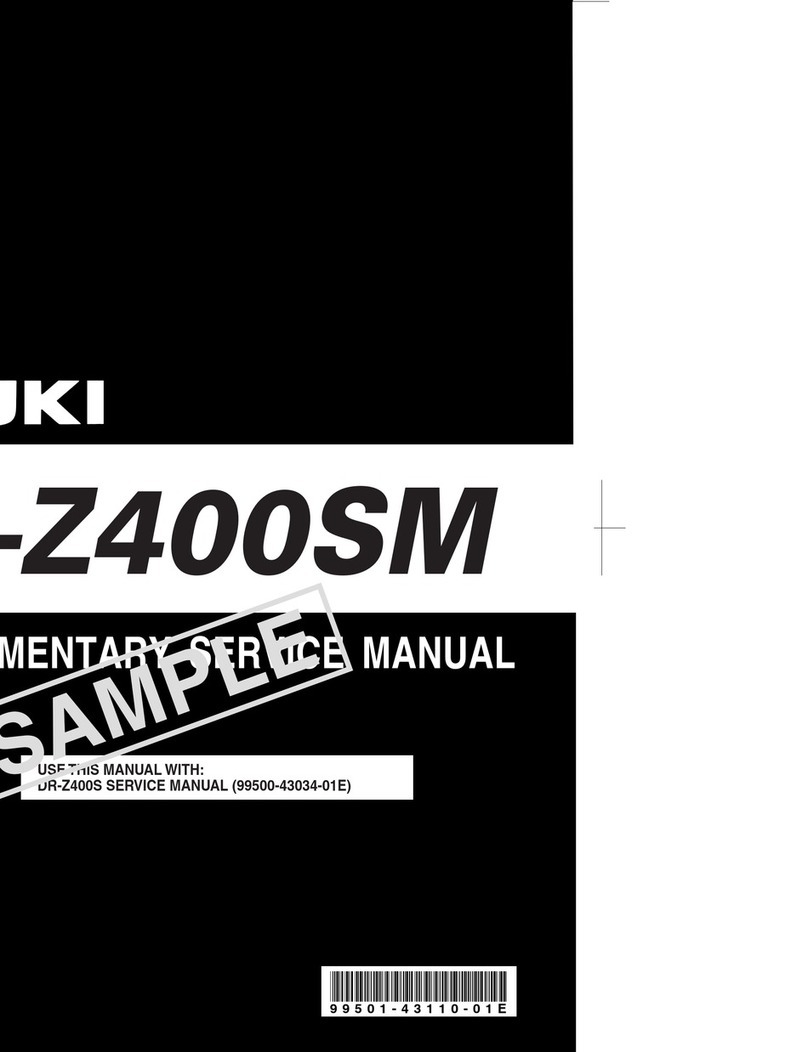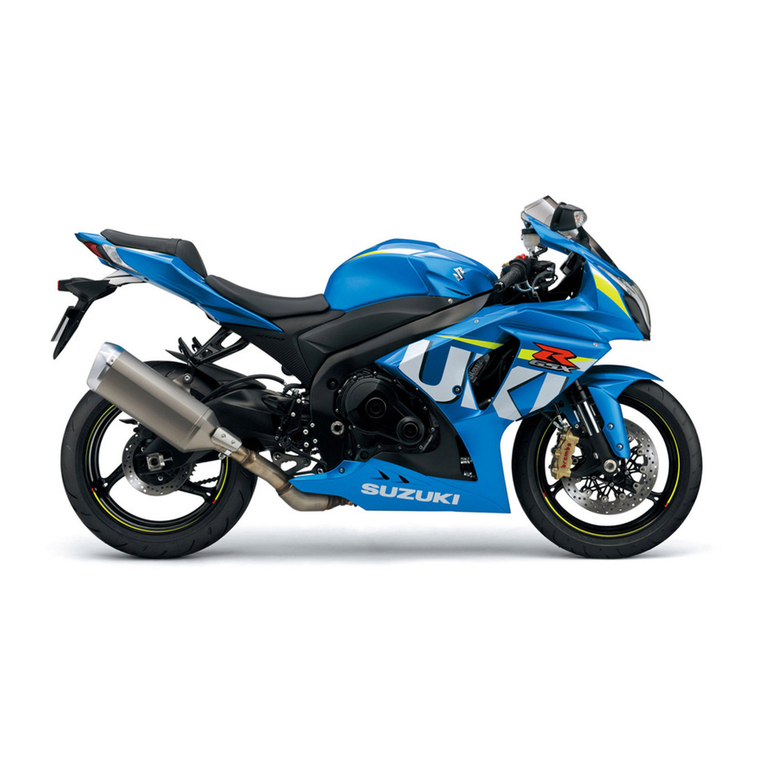Suzuki V-STROM 1050 2022 User manual
Other Suzuki Motorcycle manuals

Suzuki
Suzuki PE400 User manual
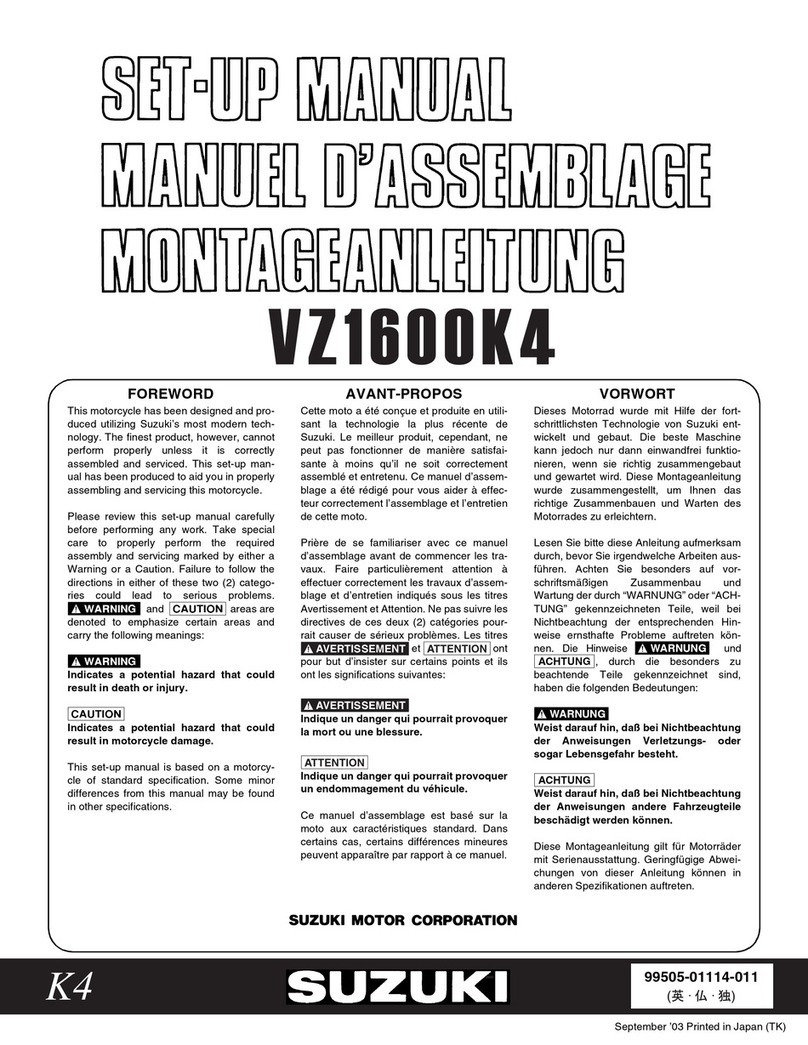
Suzuki
Suzuki VZ1600K4 User guide
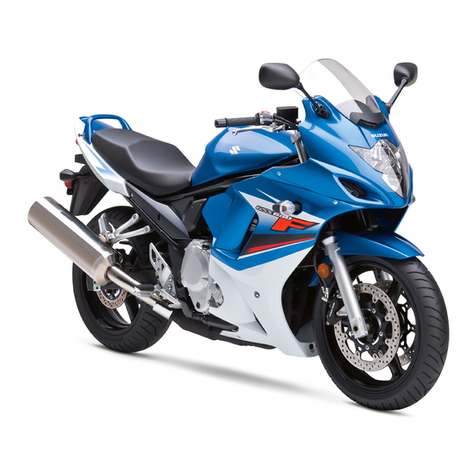
Suzuki
Suzuki GSX650FA User manual

Suzuki
Suzuki RM-Z250 Application guide
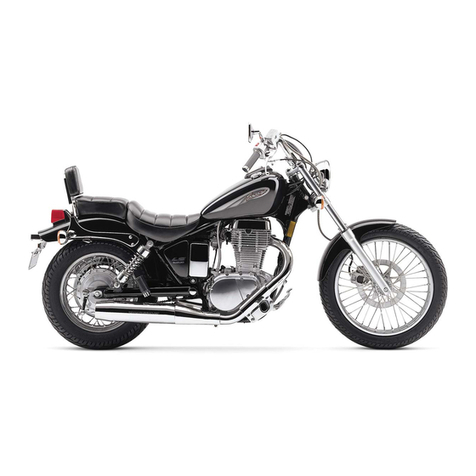
Suzuki
Suzuki LS650P User manual

Suzuki
Suzuki LT-Z90 User manual
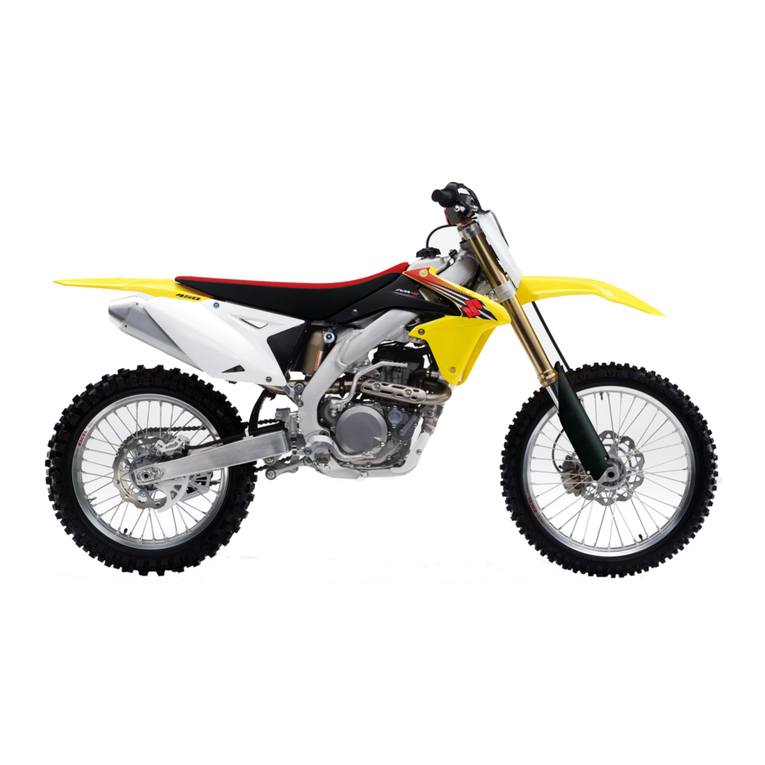
Suzuki
Suzuki RM-Z450 Application guide
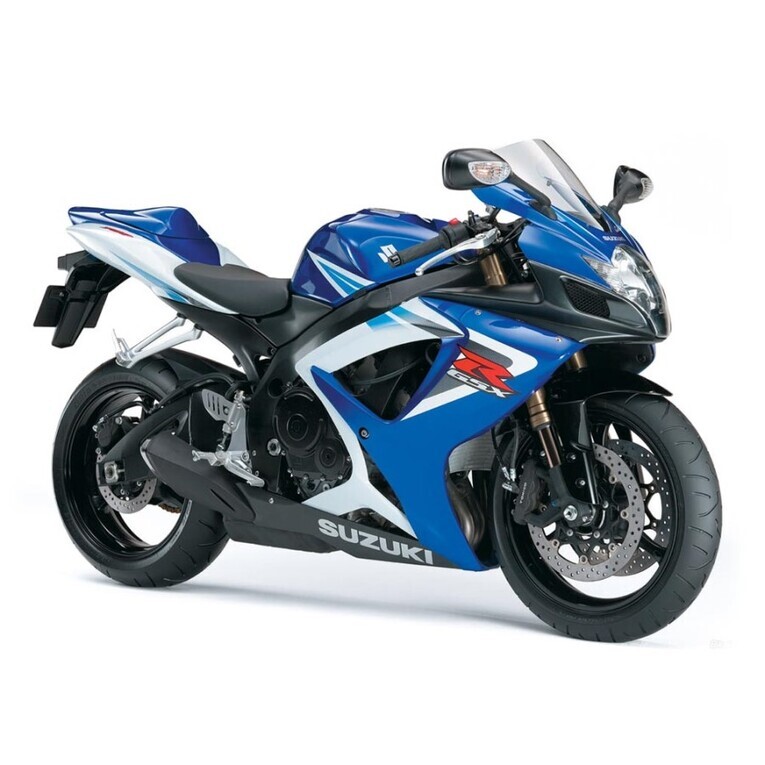
Suzuki
Suzuki GSX-R750 User manual
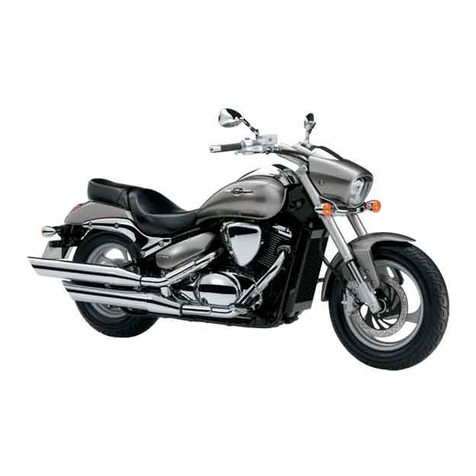
Suzuki
Suzuki 2010 VZ800L0 Manual
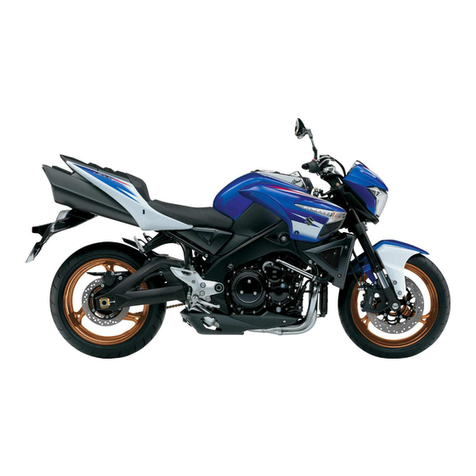
Suzuki
Suzuki GSX1300BKA Manual
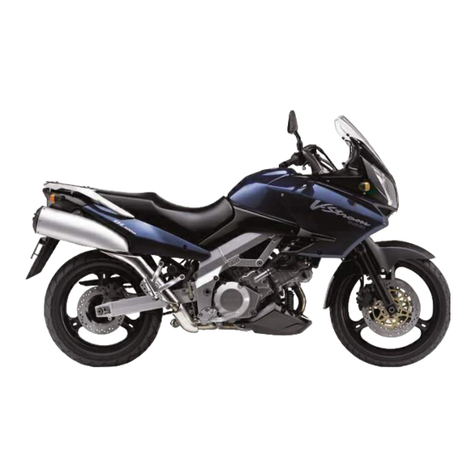
Suzuki
Suzuki DL1000 User manual

Suzuki
Suzuki RV125 User manual

Suzuki
Suzuki GN125F User manual
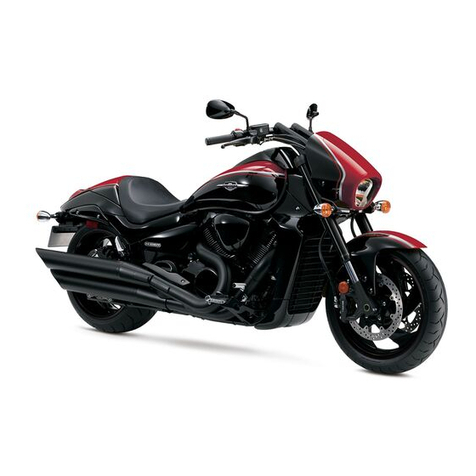
Suzuki
Suzuki Intruder VZR1800 User manual
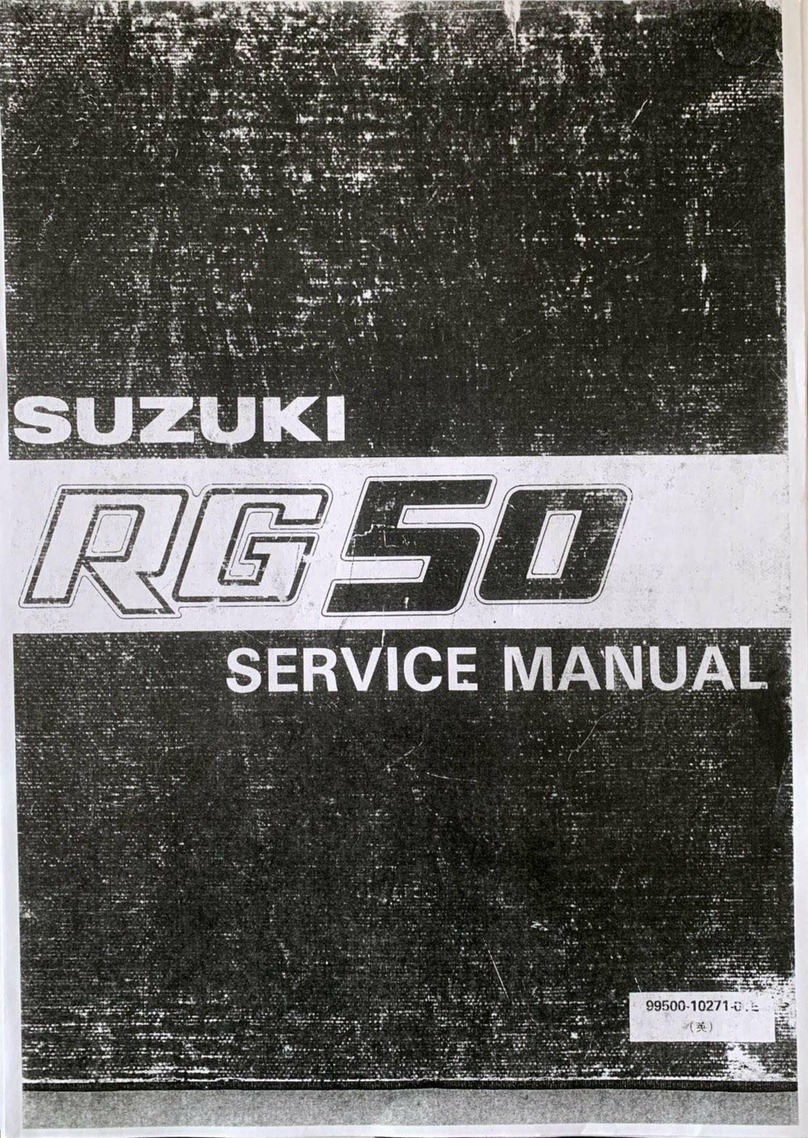
Suzuki
Suzuki RG50 User manual

Suzuki
Suzuki DR 125 User manual
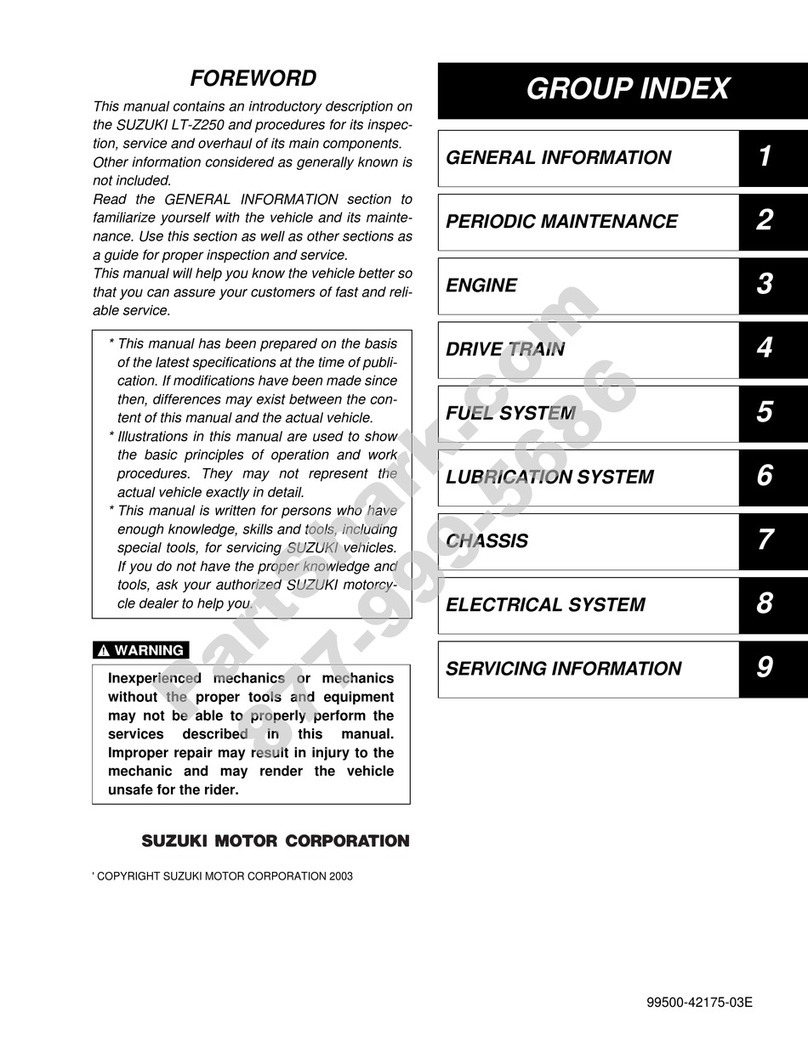
Suzuki
Suzuki LT-Z250 User manual

Suzuki
Suzuki TL1000S User manual

Suzuki
Suzuki Katana 1100 User manual

Suzuki
Suzuki FZ50 User manual
Popular Motorcycle manuals by other brands

MV Agusta
MV Agusta Brutale 675 Workshop manual

APRILIA
APRILIA RSV MILLE - PART 1 1999 User manual content

Royal Enfield
Royal Enfield Himalayan 2018 owner's manual

SSR Motorsports
SSR Motorsports Lazer5 owner's manual

MOTO GUZZI
MOTO GUZZI 2005 Griso 1100 Use and maintenance book

KTM
KTM 85 SX 19/16 owner's manual
